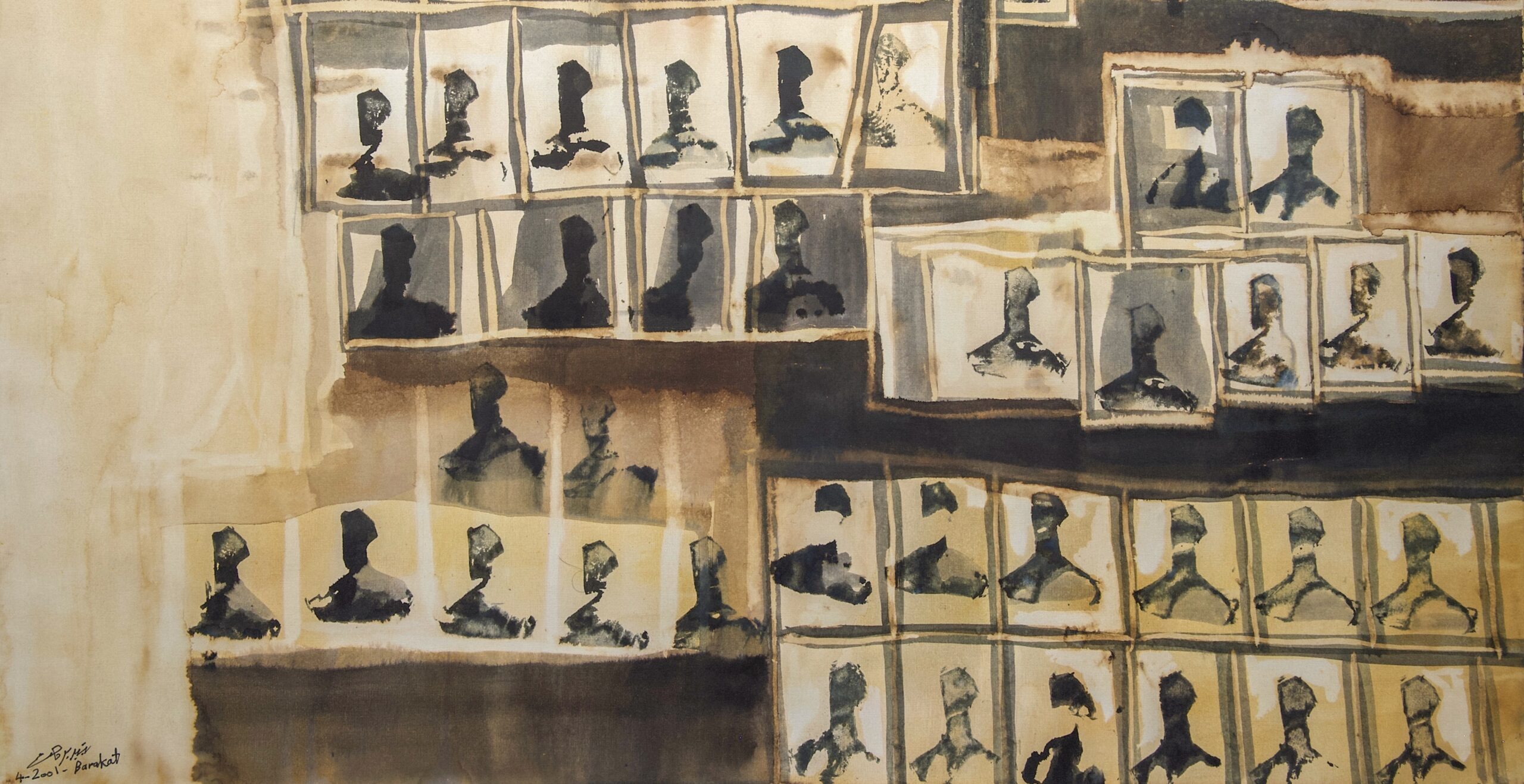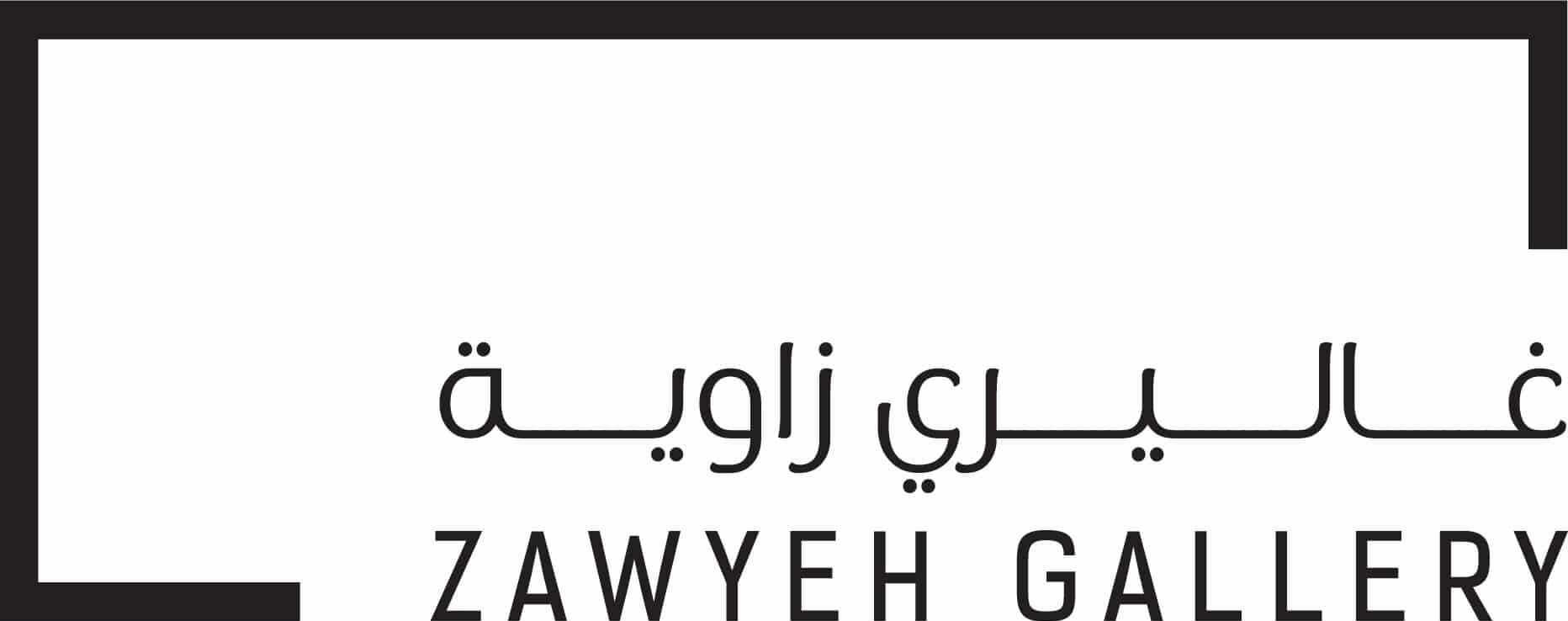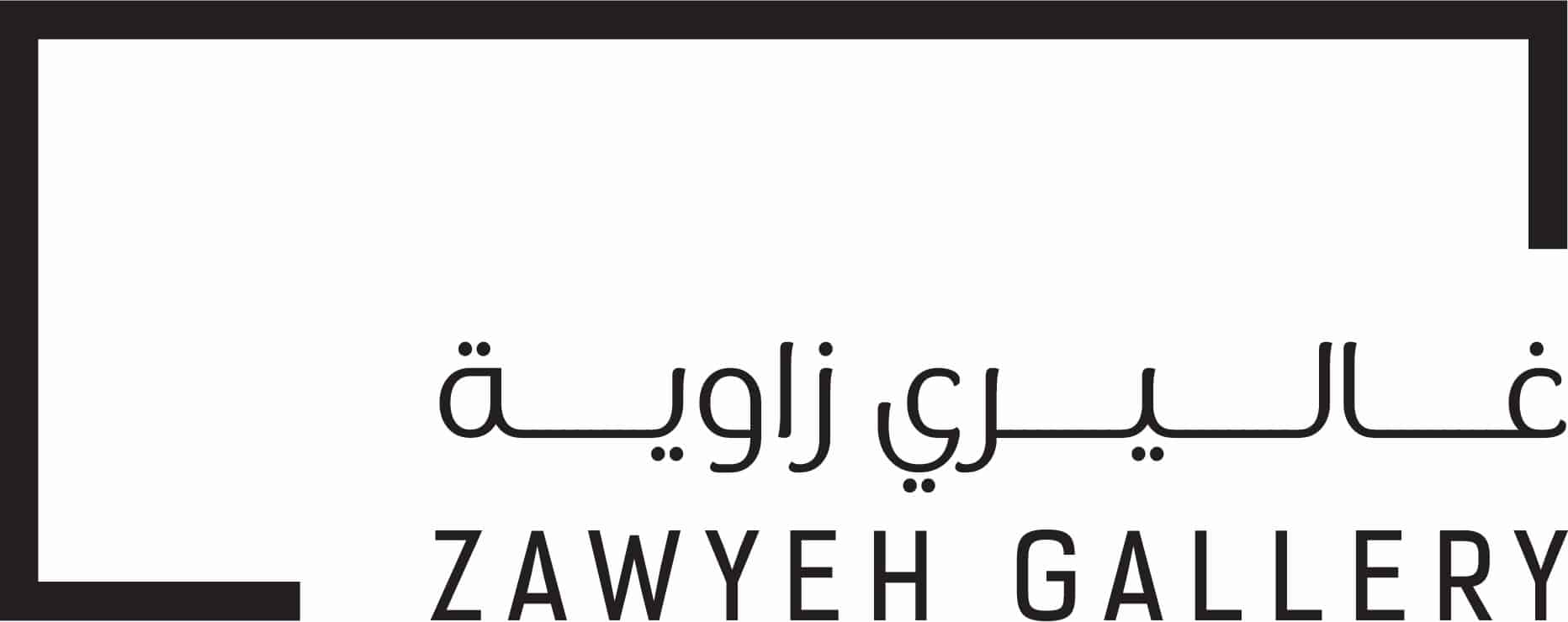
1 July – 15 September, 2024
Gaza: Recalling the Collage of a Place
Tayseer Barakat
Online Exhibition
Since finishing his studies in Egypt and settling down in Ramallah, the Gazan artist Tayseer Barakat has worked intensively on producing a remarkable series of paperwork, which he later kept hidden in a corner of his studio. In this online exhibition, Zawyeh Gallery reveals this unique body of work, produced over a decade, exploring the rich and intricate tapestry of Gaza. At this time of genocide, the exhibition not only presents a fascinating body of work from the past but also honors the memory of a vibrant place that has been facing unmerciful destruction of its people and memories.
Barakat’s series stems from his childhood memories as he grew up in Gaza, specifically in Jabaliya camp, which was subjected to a brutal bombardment campaign in recent weeks. From his graduation from Egypt in 1984 until 2005, Barakat worked on this series using different techniques, including collage, various printing methods, inks, and dyes. The work is also inspired by old manuscripts and documents from the pre-Israeli occupation era, which parallels his other artistic endeavors.
Barakat’s distance from Gaza and his infrequent visits due to the Israeli occupation measures can be noticed in this series. The longing for the place, people, and social scene is apparent in almost every work and his choice of collage is an excellent way to express this subject. Barakat’s works can be seen as maps of social and geographic fragmentation; they are visual representations of how he experiences the memory of his childhood. As the war continues, the displacement of people and the destruction of entire areas can diminish memories that are hidden in the corners of the buildings and streets. The artworks serve as a personal register, constructing a visual memory of people and places, some of which he will never see again in the same way.
Barakat pieces together his Gaza memories, presenting delicate albums of faces and people. He assembles stories, faces, geographies, and even children’s drawings together, producing a sophisticated, refined mosaic of social scenes. A heavy hue of occupation predominates the background of his works. The artworks seem to tell stories under occupation. The series is timeless as some of the paintings he presents remind us of recent images coming from Gaza amidst the ongoing genocide: People and trees standing in rows; the assembly of images of faces that could have belonged to martyrs or people who left their homes to seek protection.
Barakat excels in using elements and figures inspired by past civilizations in the region. His works juxtapose ancient symbols with recent memories, highlighting the enduring presence of the past. He conveys the depth of the region’s diversity and stresses that the current people of the land are part of a long civilization that goes back to ancient history. He produces work that resembles ancient tablets found in temples and archaeological sites, yet they are records of the present time.
Join our Newsletter
Sign up for our Newsletter and get all the latest news

